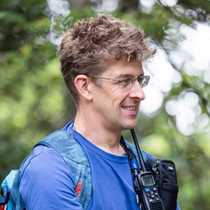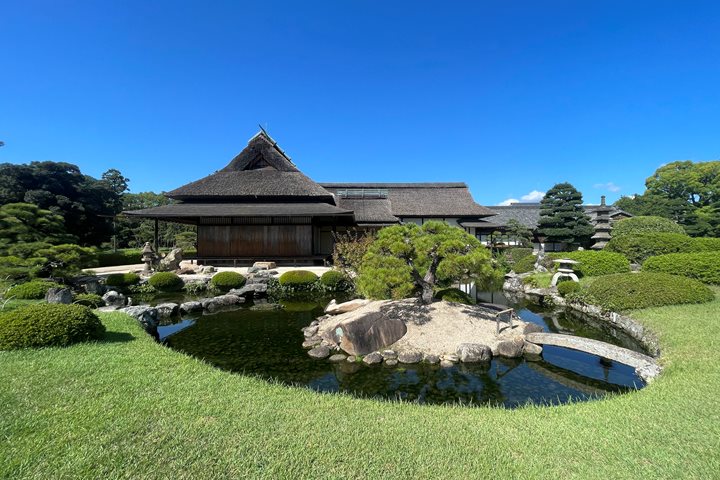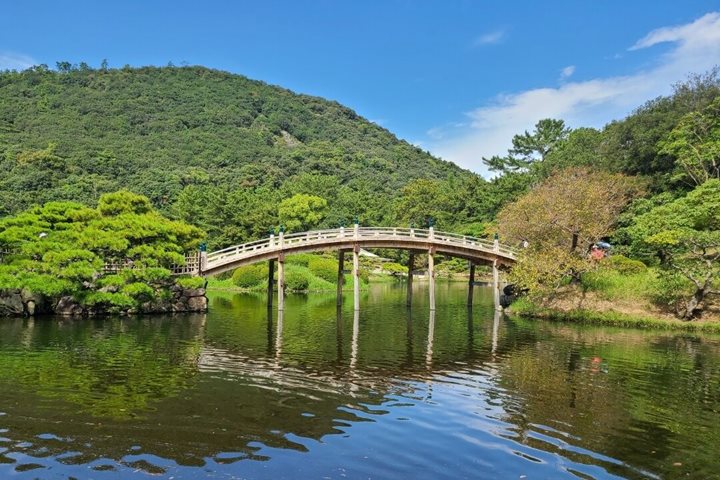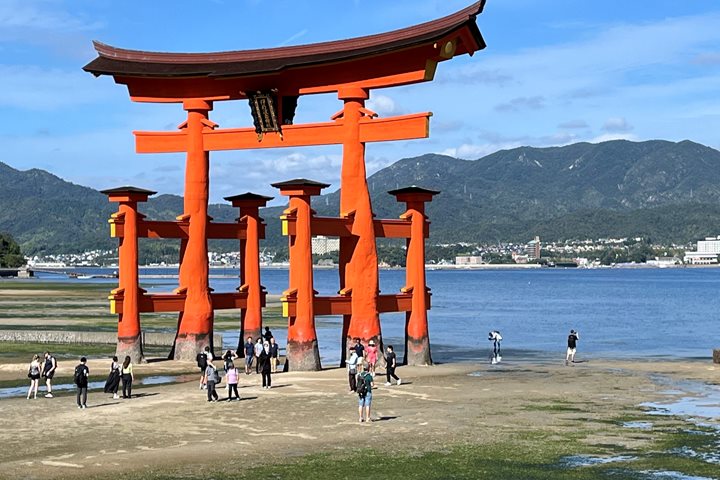In a bright dawn, National Geographic Resolution sailed into Busan, South Korea's number one port and the sixth busiest port in the world. After an early breakfast, luxury coaches whisked guests inland to Gyeongju, perhaps South Korea's most famous World Heritage Site, home of the ancient Silla Kingdom that gave birth to Korea. The impressive sight of the high earthen mounds of the Daereungwon Tomb Complex, excavated in the 1970s, demonstrated the origin of the rich archaeological studies that have gone into this site. A visit to Gyeongju National Museum showed the countless artefacts recovered from these mounds and the surrounding area that help tell the fascinating story of the Silla Kingdom.
Traditional Korean restaurants provided a satisfying lunch with a tapestry of different dishes on display. Food is a big part of the culture everywhere we visit, and the chance to see what makes up everyday food was delightful.
In the afternoon, we visited Bulguksa Temple, an extensive 8th century Buddhist temple which has the Daeungjeon (Hall of the Great Hero) at its heart. Inside, Shakyamuni, the historical Buddha from ancient India, is depicted in gilded form. Despite the complex’s age, the hall and statue date to 1765. The temple was burned down many times during samurai invasions, although the present buildings happily survived the numerous wars of the 20th century.
Back on the ship, guests had a chance to learn about Edo Japan during historian Maria Intxaustegi's talk, “Feudal Japan: The Age of the Samurai,” before we set sail towards the land of the rising sun.







